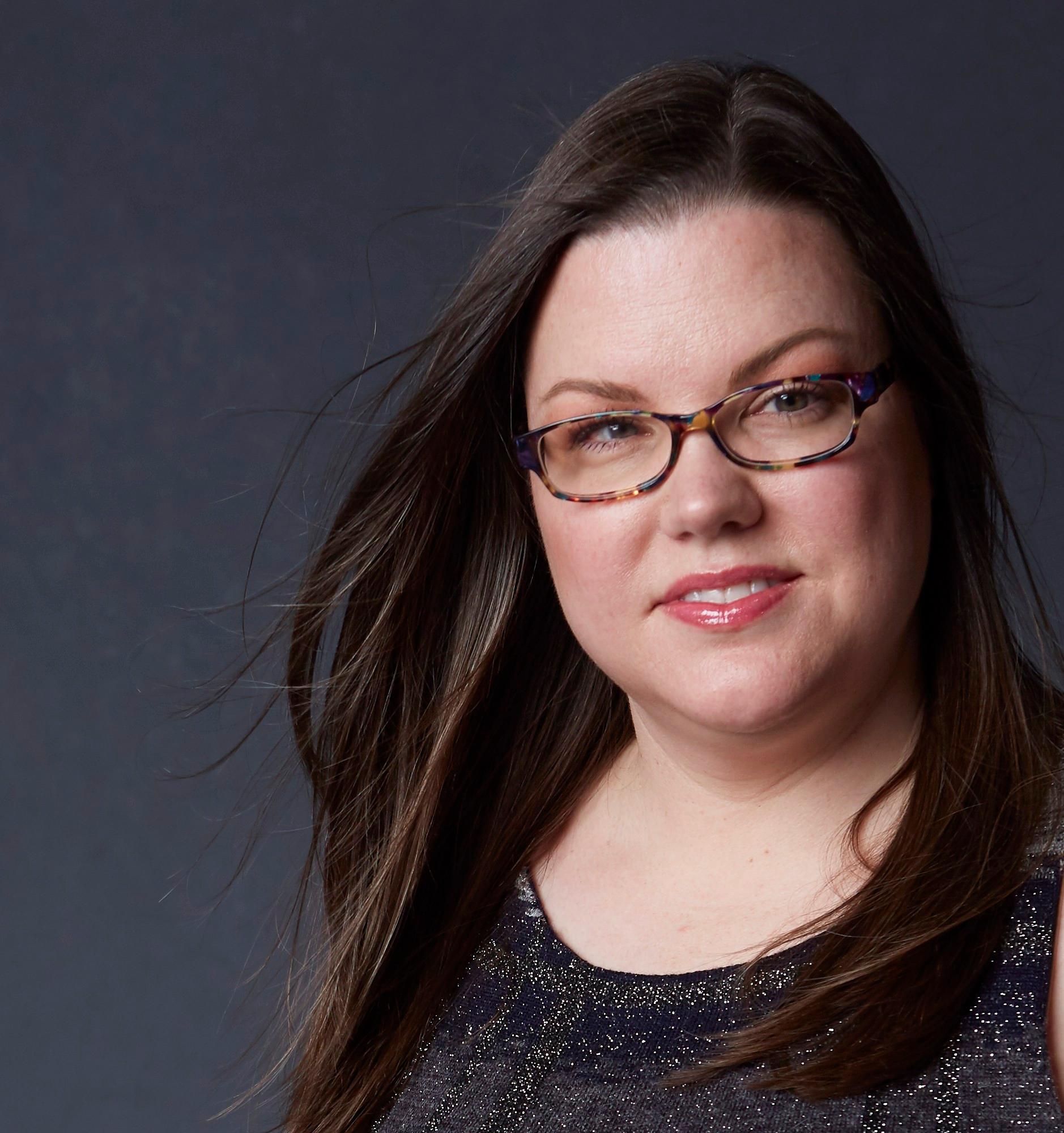The phenomena of the aurora borealis (northern lights) and aurora australis (southern lights) have mesmerized humanity since the first sightings hundreds of years ago. The aurora borealis and aurora australis are the result of electrons colliding roughly 50 to 300 miles above the Earth’s surface, guided by Earth’s magnetic field to form two ovals roughly centered at the globe’s magnetic poles.
Named after Aurora, the Roman goddess of dawn, and Boreas, the Greek god of the north wind, the dazzling green, pink, purple and white rays of lights are most often viewed between the north and south polar latitudes between 60 degrees and 75 degrees, according to the National Oceanic and Atmospheric Administration’s Space Weather Prediction Center. However, the aurora borealis can be less frequently spotted in even more southern areas of places like the United States, Europe and Asia.
Solar activity hit a peak in 2012, increasing the number of aurora borealis sightings since then. This frequency will continue through 2017.
No matter how much planning you do, there is no way to predict when the northern lights will appear. But there are several ways to increase the odds of a sighting. While it is possible to see the northern lights from many locales around the world, it’s rare to spot them in cities like Atlanta, Boston, Chicago and New York.
Here are some tips for viewing the northern lights, along with 10 places that offer the best chance to see this phenomenon of light and beauty. It can be hard to choose just one, so search for flights at Cheapflights.com and let us help you make the decision.
Tips for seeing the northern lights
- Location, location, location. Your chances of seeing the northern lights depend primarily on geomagnetic activity and location, but weather, full moon and light pollution from city lights also factor in. The closer to the North Pole you travel, the better your chances for a viewing. Stay away from cities where light pollution interferes with viewing and find places with an unobstructed view of the northern horizon. See our recommendations below.
- Timing is everything. It’s impossible to know exactly when and where the northern lights will appear. However, they are most visible in autumn, winter and early spring (approximately September to March). Don’t set your heart on seeing them from April through August in most of the places on our list below, as many are lit by the midnight sun at that time.
- Check the weather and activity. The aurora borealis are best seen on cold, clear nights when there isn’t a full moon. But just standing outside on a cold, clear night in the middle of winter in the middle of nowhere won’t guarantee a sighting. Before heading out, check the auroral forecast. The NOAA Space Prediction Center measures the level of geomagnetic activity as measured by the Estimated Planetary K Index (measured in Kp on a scale of 0 to 9). NOAA’s Space Weather Enthusiasts Dashboard is also a great resource. If the “geophysical activity forecast” is for “storm” levels, then the chances of seeing the northern lights are greater. A more simplified way to determine auroral activity is to check NOAA’s Aurora – 30 Minute Forecast.
- Stay up late. The aurora borealis is a night owl; it’s often best seen between 10:00 p.m. and 2:00 a.m.
- Stay for a while. For the best chance of seeing the northern lights, it’s best to book a trip that is between three and seven days long in a destination at a high latitude, allowing the best chance for weather conditions and auroral activity to line up with your trip.
- Patience is key. You will need lots of patience as auroras start out faintly. Look to the north for bands of green-white light that run in an east-west direction. As the light show intensifies over a period that can last seconds, minutes or hours, the lights streak, dance, ripple, arc or spiral southward, creating a dramatic, colorful light show. Many hotels in the destinations below offer wake up calls for northern lights viewings and tour operators are experts for pinpointing sightings.
- Bring your camera and gear. You will need a wide-angle lens and a sturdy tripod that can withstand strong wind and extended exposure to cold weather. Set the focus to infinity and wait (but be ready! Sightings can come and go in seconds. You don’t want to miss that brag-worthy shot!).
Best places to see the northern lights
Fairbanks, Alaska
Beginning in early September and peaking in the cold, dark nights of winter, the northern lights are most reliably viewed in Fairbanks, Alaska. Fairbanks is geographically under the “aurora oval,” and tour operators like Northern Alaska Tour Company and Salmon Berry Tours offer northern lights tours. The best times for viewing are between 12:30 a.m. and 4:30 a.m. in September and March and between 11:30 p.m. and 3:30 a.m. during the winter. Consult the University of Alaska Fairbanks Aurora Forecast to determine the best days and times to view the northern lights.
Alberta and Yukon, Canada
There are many places to spot the northern lights in Canada. In the western province of Alberta, the sky becomes ablaze with pulsating color from September to April. Head to Jasper National Park or Wood Buffalo National Park for a chance to see the northern lights, as well as the Milky Way. A spectacular show also takes place in Yukon, Canada’s westernmost territory, each fall. From August to April, it is possible to see the neon green aurora borealis on clear nights.
Lapland, Finland
One of the most likely spots to view the northern lights is in Lapland, Finland’s northernmost region, where the surreal spectacle is visible roughly 200 nights each year (the peak is August to April). The farther north you go, the better your chances. From inside glass igloos at Kakslauttanen Resort near Urho Kekkonen National Park to the comfort of glass-ceiling luxury in the Eagle’s View Suite at Hotel Iso-Syöte to the great outdoors snowshoeing, cross-country skiing or dog sledding, there are many options for viewing the light show.
Cook County, Minnesota
On clear nights when there is little or no moonlight, it is possible to see the northern lights in Cook County, Minnesota, four-and-a-half hours north of the Twin Cities. The best time to view the streaky, colorful lights is between 9:00 p.m. and 4:00 a.m. It’s possible to see the northern lights any time of year on the north shore of Lake Superior, but they are more often seen in winter due to the long nights. Heading outdoors to a location away from the light pollution of the city is all visitors need to see the northern lights, as well as shooting stars and meteor showers, like the Perseid meteor shower from mid-July to mid-August and the Leonid meteor shower in November.
Browning, Montana
Glacier National Park in northwestern Montana is one of the best spots in the U.S. for viewing the northern lights. After a day of hiking the park’s 700 miles of trails and enjoying views of the Rocky Mountains, head to St. Mary in the summertime to sneak a peek at the phenomenal light show, which tends to appear most often in the early morning hours.
Outside Reykjavik, Iceland
Between September and April, locals and visitors alike are treated to heavenly northern lights sightings. Check The Icelandic Met Service for the northern lights forecast and head outside the capital, Reykjavik, to improve your chances of spotting the unforgettable beauty. Reykjavik Excursions offers a variety of northern lights tours August to April including tours by bus or boat and a combo geothermal bath trip paired with a northern lights viewing.
Lofoten Islands and Trøndelag, Norway
It’s hard to predict when the green, pink and violet dancing lights will appear, but head to northern Norway for your best chance to view them. Options include the Lofoten Islands, Trøndelag and along Norway’s coast up to the North Cape. Plan your trip from late September to late March, when the nights are long (between 6:00 p.m. and 1:00 a.m. is the peak time for sightings). Download the free VisitNorway.com Norway Lights App (for Apple, for Android and for Windows) to find out when and where you can see the northern lights.
Northern Scotland
Spotting the magical, dancing northern lights in the U.K. is best done from northern Scotland, especially along the Caithness coast and the Orkney Isles. Other options include Shetland and The Outer Hebrides. While Scotland offers the best chance to see the northern lights, particularly in January, they have been seen as far south as East Anglia, England. Aurora Watch UK provides text message alerts via Twitter @aurorawatchuk when auroral activity is likely to occur.
Lapland, Sweden
Lapland, in the far northwest corner of Sweden, is a remote area of Arctic plains, mountains and glaciers that is a prime spot for viewing pale pink and light green aurora borealis. From the beginning of September until the end of March, visitors to the two northernmost populated cities of Kiruna and Luleå have a good chance of spotting the northern lights, but one of the best chances is at the Aurora Sky Station at Abisko National Park in Abisko, a village in northern Sweden known for its clear skies, cold nights, and surrounding mountains, which block out any light pollution. A chairlift takes visitors to the Aurora Sky Station observation tower, as well as to an informative exhibit on the northern lights.
On a cruise along the Norwegian coast
While it’s not possible to guarantee a sighting of the northern lights, Nurtigruten cruise line is so certain of the odds you will see them on its cruises along the Norwegian coast that the cruise liner promises if the northern lights don’t appear, passengers get a free voyage. Options include the 12-day Classic Round Voyage from Bergen, Norway to Kirkenes, Norway and back to Bergen and the 12-day Astronomy Voyage, which follows a similar route.
Where have you seen the northern lights?
Main Image: iStockPhoto/powerofforever


